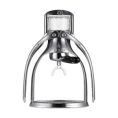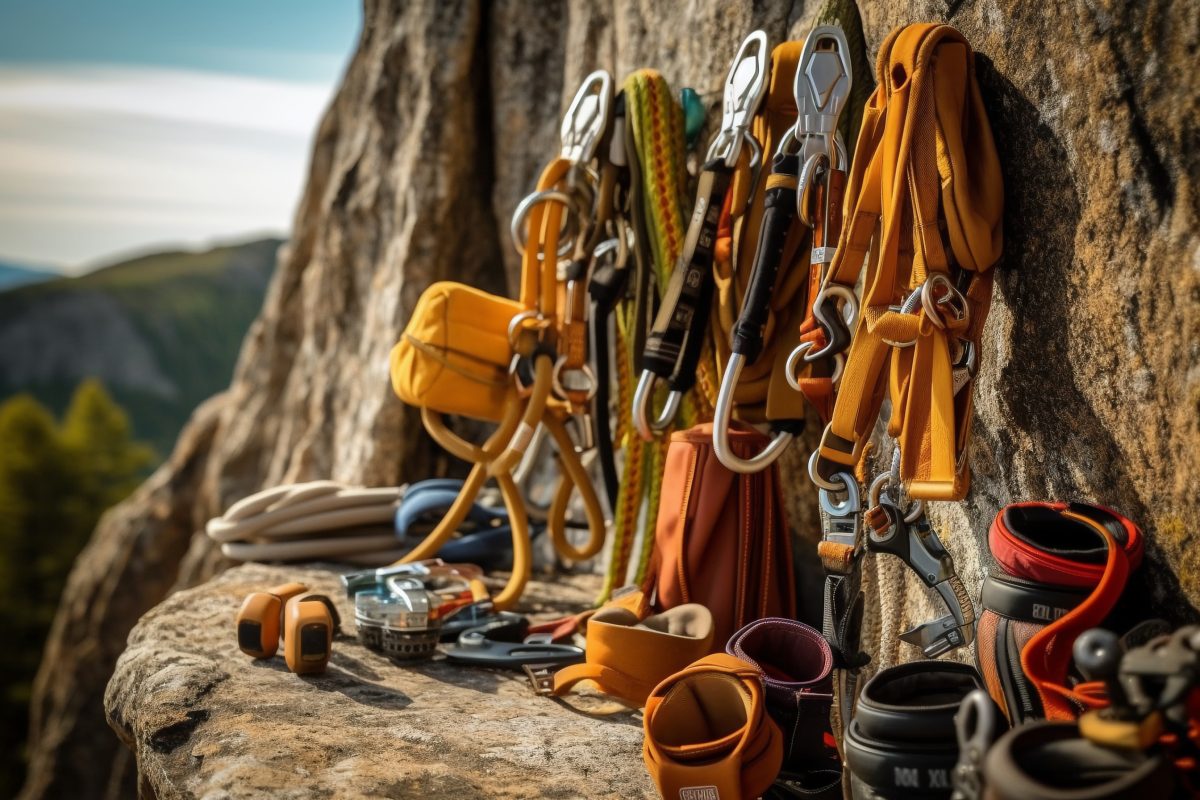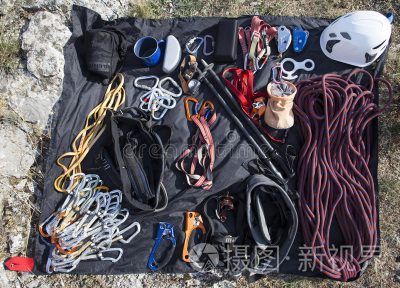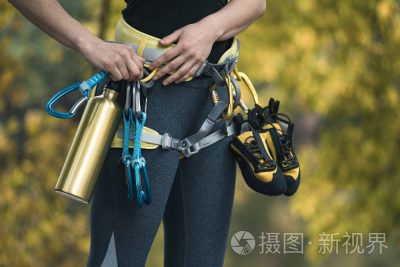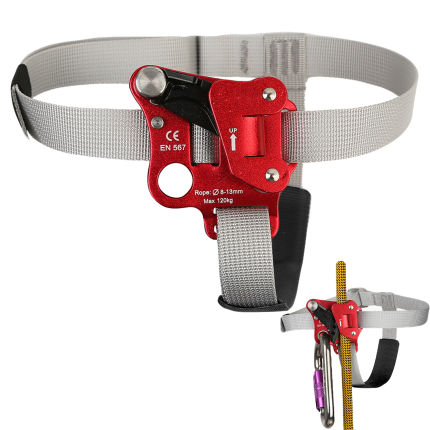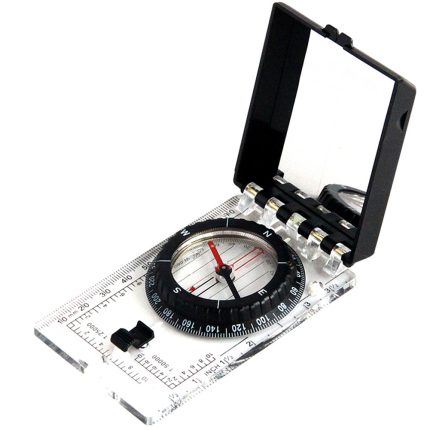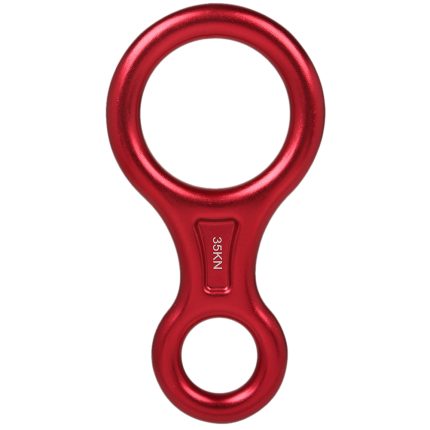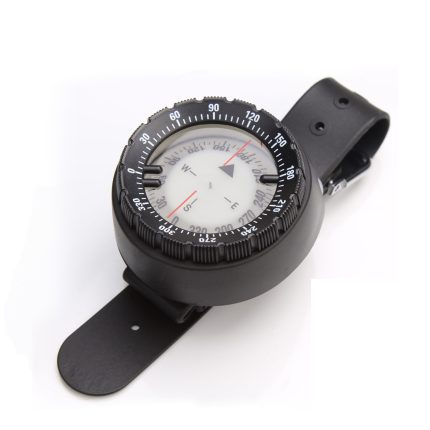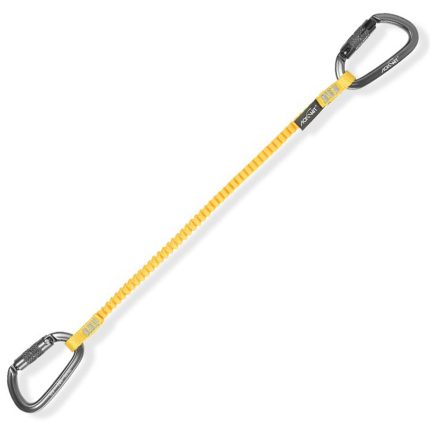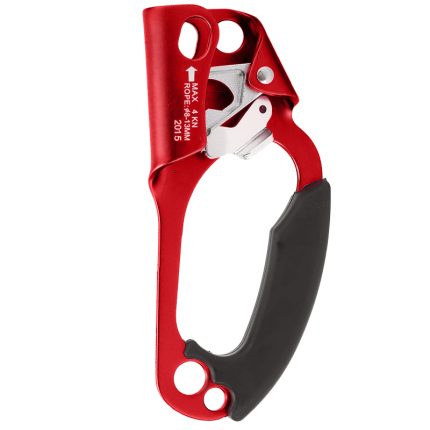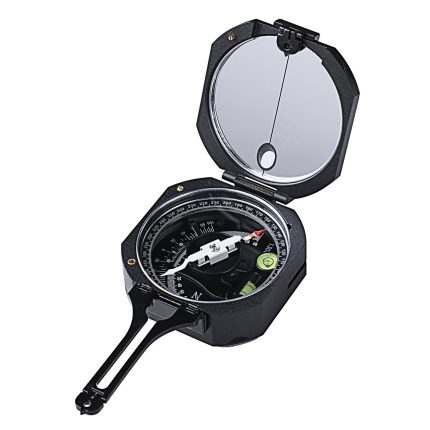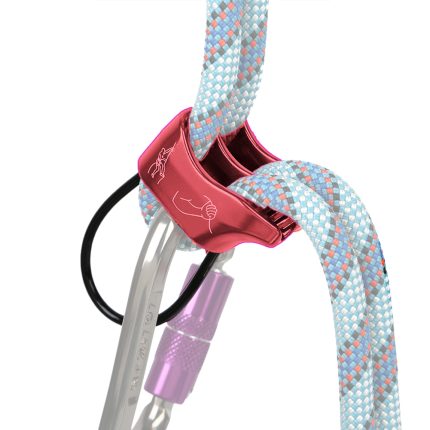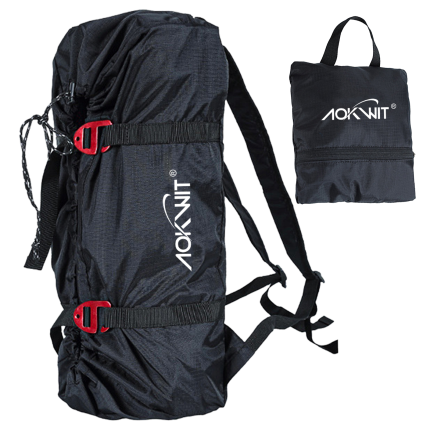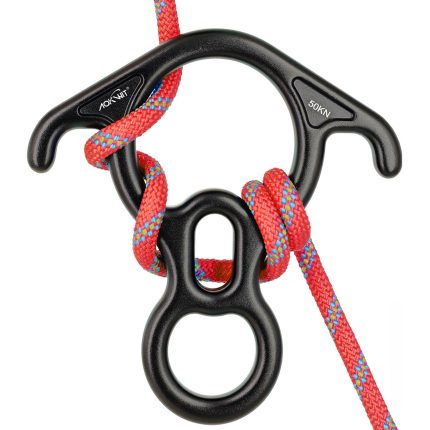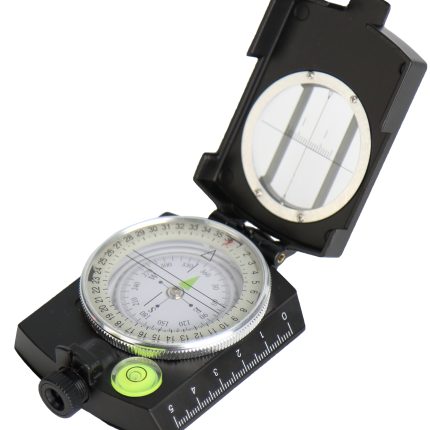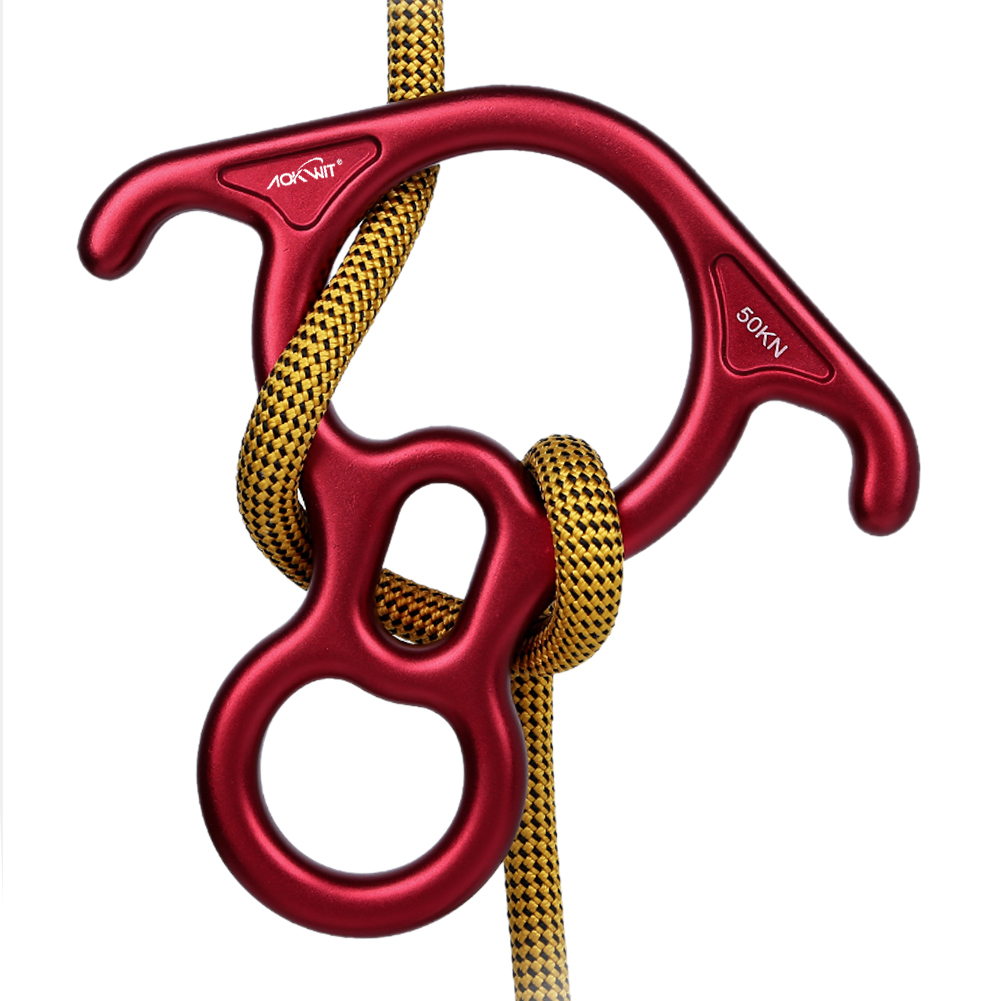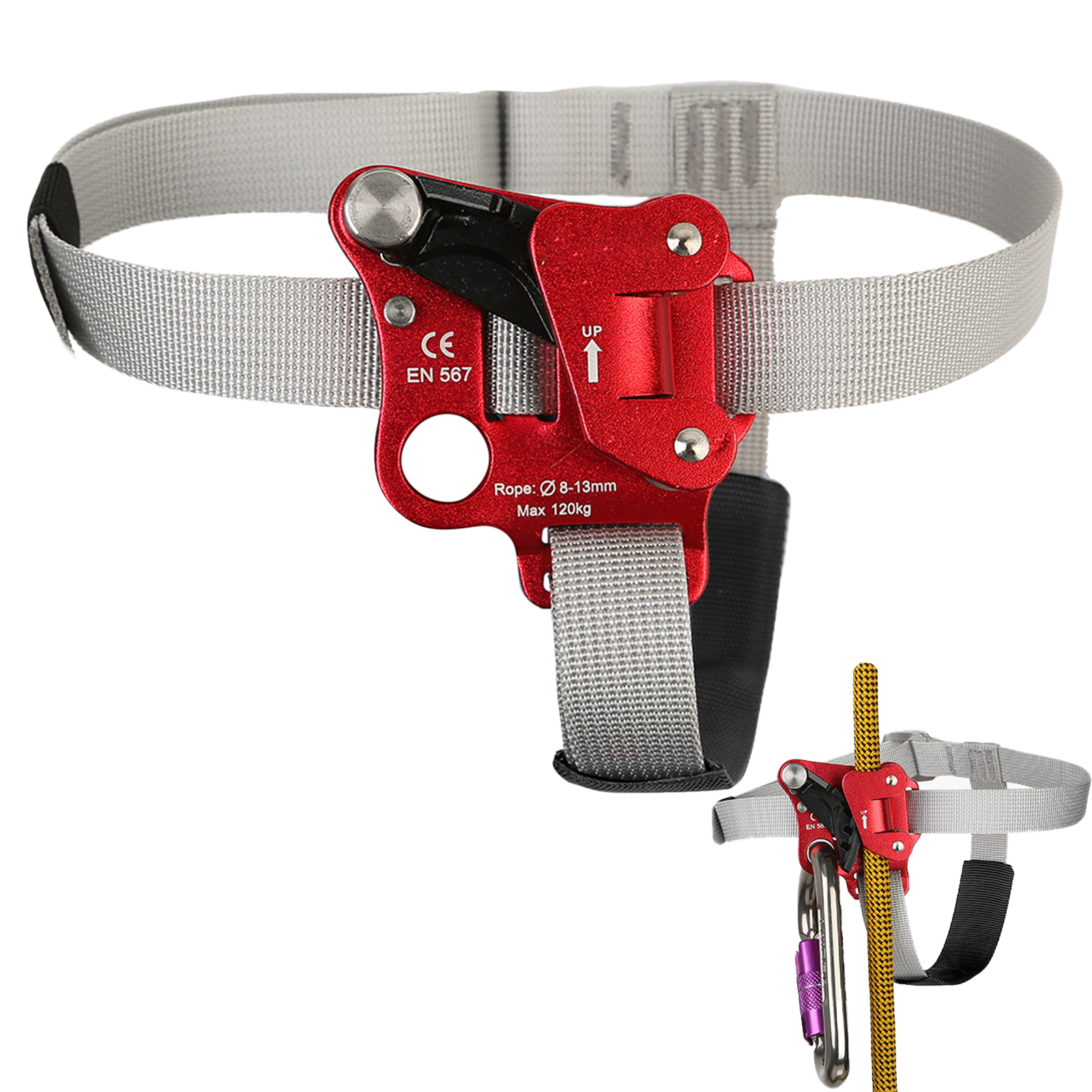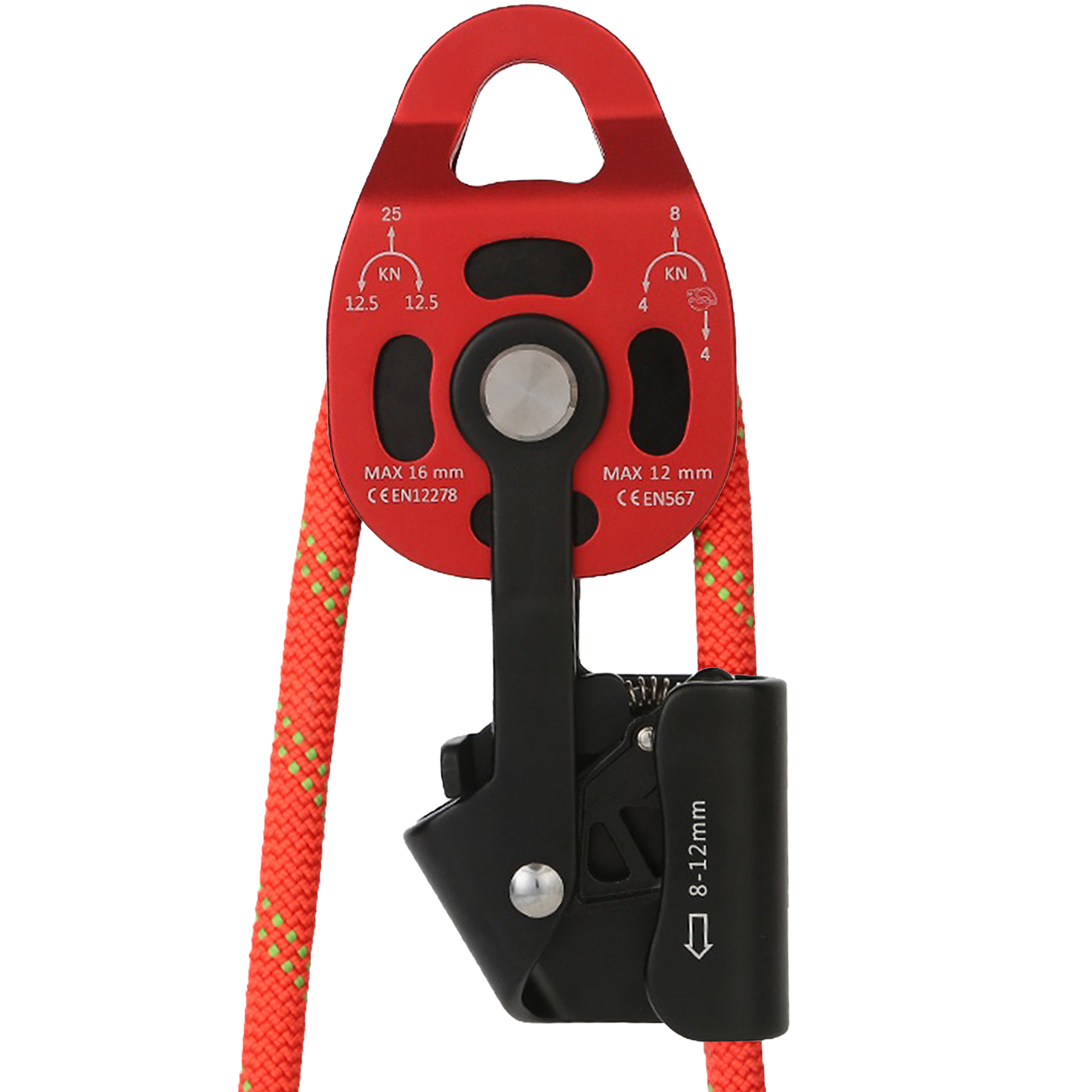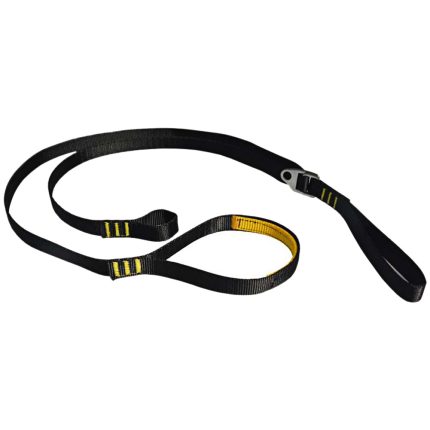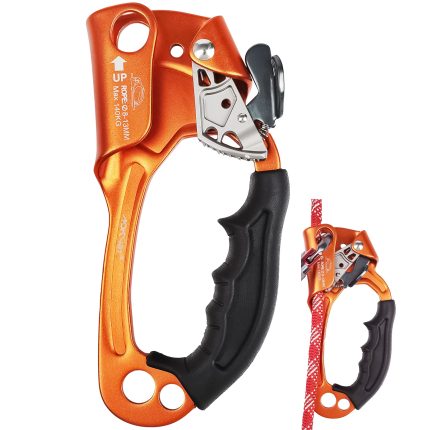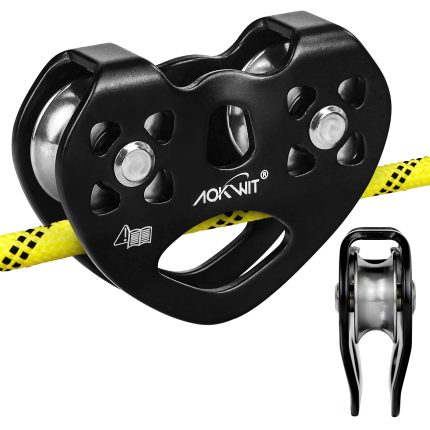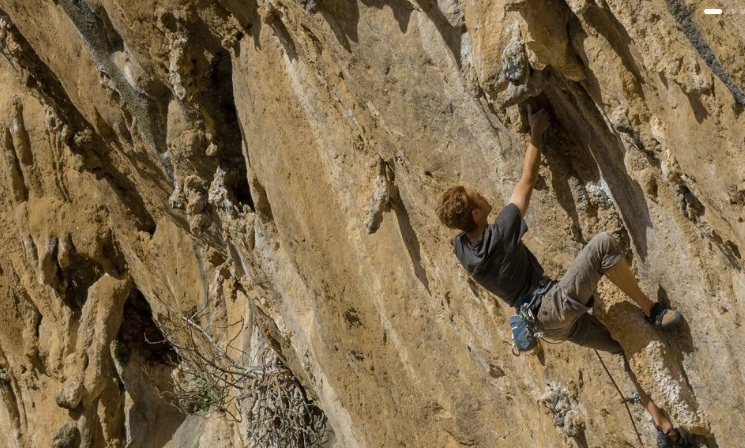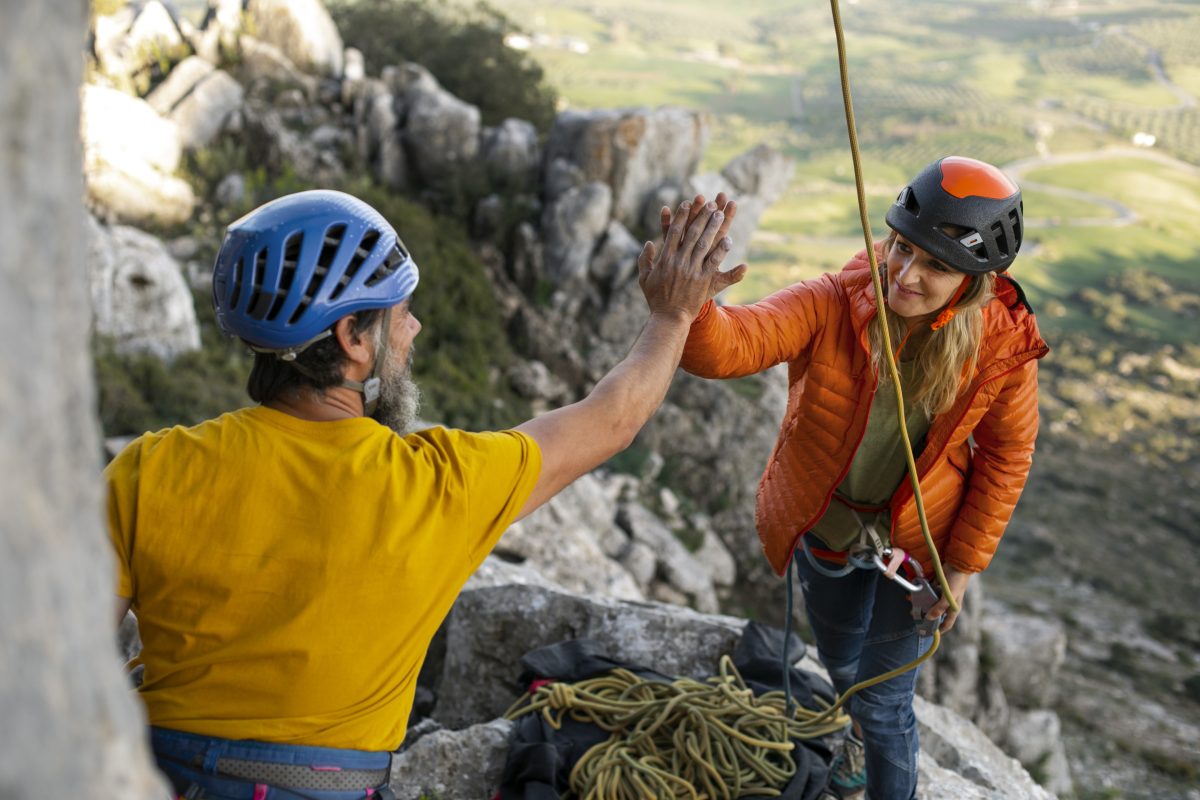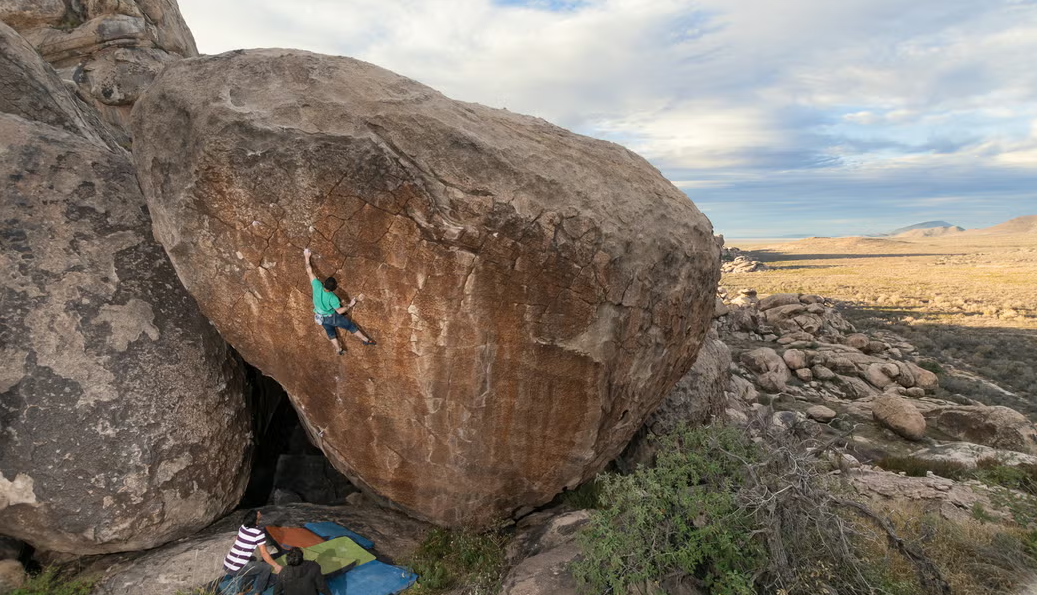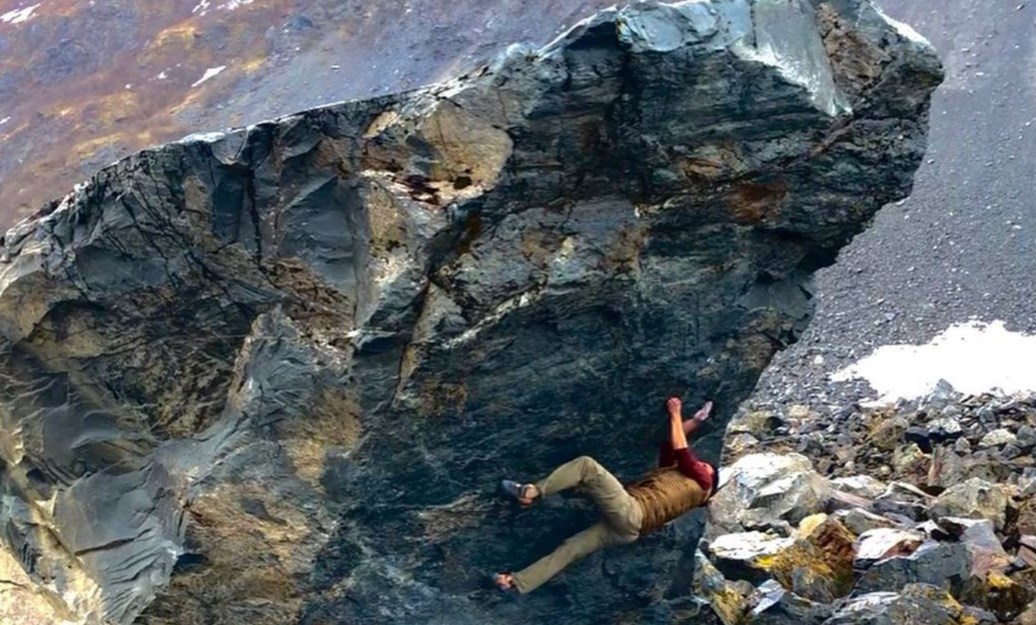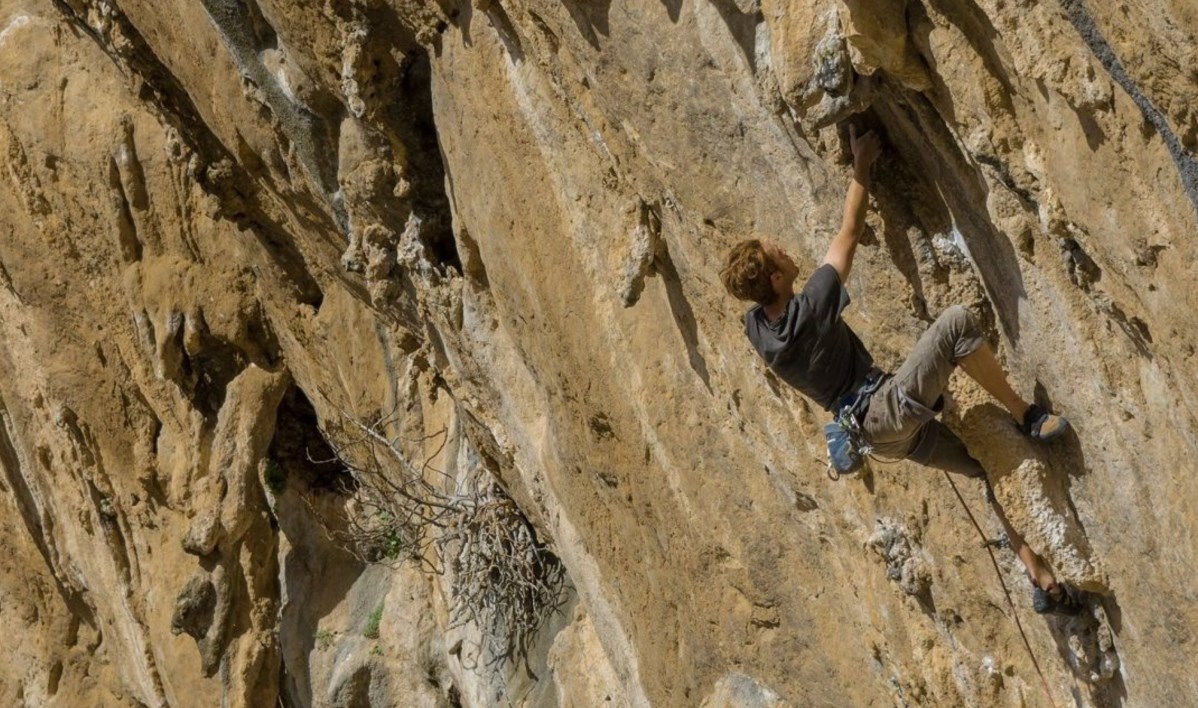10 Simple Ways to Stretch and Strengthen Your Wrists

The wrists play a crucial role in climbing: they bear body weight, transfer force, and control grip.
However, the wrists are also one of the most commonly injured areas among climbers—whether it’s tendonitis from overuse or sprains from sudden load.
Through daily stretching and strengthening exercises, you can significantly improve your wrist stability, flexibility, and endurance, enabling you to climb more safely and for longer periods.

1. Adjust Wrist Support Angle (Simulating Climbing Hand Positions)
In a plank or cat-cow pose, try changing the direction of your hands: turn your fingers inward or even outward 180 degrees to simulate different grip angles in climbing.
This effectively stretches the wrist flexors and extensors, enhancing the joint’s multi-directional adaptability.
Climbing Application: Trains the wrists to adapt to asymmetric hand positions on the rock, improving dynamic adjustment capability.
2. Serratus Anterior Push (Strengthening Scapular Stability)
In a kneeling position or against a wall, perform serratus anterior punches to strengthen scapular stability.
Stable scapulae reduce the load on the wrists while climbing, which is particularly crucial during dynamic moves or while resting on the wall.
Climbing Application: Enhances scapular control, reducing pressure on the wrists during long routes or on steep overhangs.
3. Powerful Fist Clench (Activating Forearm Muscles)
Extend your arm and clench your fist tightly, feeling the tension in your forearm muscles.
This is not only a strength exercise but also builds neuromuscular coordination for coordinated effort between the wrist, forearm, and fingers.
Climbing Application: Improves the efficiency of grip force generation, especially when crimping small holds or requiring explosive power.
4. Forearm Self-Massage (Relieving Post-Climbing Tension)
Use the elbow of the opposite arm or a massage ball to roll up and down along the top and bottom of the forearm, focusing on relaxing the flexors and extensors.
Relaxing the forearms promptly after climbing can prevent tendonitis and muscle stiffness.
Climbing Application: Restores forearm pliability, reducing wrist compensation caused by fatigue.
5. Imaginary Ball Squeeze (Enhancing Overall Hand Strength)
Imagine holding a ball that gradually increases in size (from a baseball to a basketball), and try to “wrap” your entire hand around it, not just your fingertips.
This trains coordinated effort between the palm and wrist.
Climbing Application: Enhances control on full-palm contact holds, suitable for gripping slopers.
6. Cat Paw Push (Activating Finger-Wrist Coordination)
Imitate a cat kneading by gently pushing your fingers against the ground and then retracting them, focusing on control and repetition. This movement is suitable for pre-climbing warm-up.
Climbing Application: Warms up the finger and wrist joints, enhancing stability when exerting force on small holds.
7. Prayer Stretch (Stretching Wrist Flexors)
Place your palms together in a prayer position, slowly lowering them until your forearms are parallel to the ground, hold for 15 seconds; then flip your fingers to point outward and hold again.
This can also be done behind your back to stretch the wrist muscles at different angles.
Climbing Application: Relieves tension in the wrist flexors after climbing, helping to prevent carpal tunnel syndrome.
8. Water Bottle Wrist Curls (Multi-Directional Wrist Loading)
Hold a water bottle (or small dumbbell), keep your forearm still, and only move your wrist to curl forward, backward, left, and right. Use light weight and high repetitions, suitable for daily training.
Climbing Application: Strengthens wrist stability under multi-directional load, applicable for side pulls and underclings.
9. Resistance Wrist Curls (Isometric Strengthening)
Use one hand to fix the palm of the other hand, then attempt to bend your wrist upward, downward, and sideways against the resistance. This is a safe and effective isometric exercise suitable for daily practice.
Climbing Application: Enhances wrist endurance during static locks and supports.
10. Wrist Circles and Bird Beak Grip (Mobility Training)
- Wrist Circles: Simply rotate your wrists to improve joint lubrication and range of motion.
- Bird Beak Grip: Bring the tips of all five fingers together to form a “beak,” then make a fist enclosing the thumb.
- Creative Combination: Experiment with different hand shapes and rhythms to gently activate the wrists.
Climbing Application: Maintains wrist flexibility to adapt to complex holds and dynamic movements.
Conclusion
Wrists are a valuable asset for climbers, yet they are highly prone to overuse injuries. Integrating these 10 simple exercises into your daily training or warm-up routine can not only prevent injuries but also enhance your climbing performance.
Remember: consistent and gentle practice far outweighs sporadic, intense effort.


